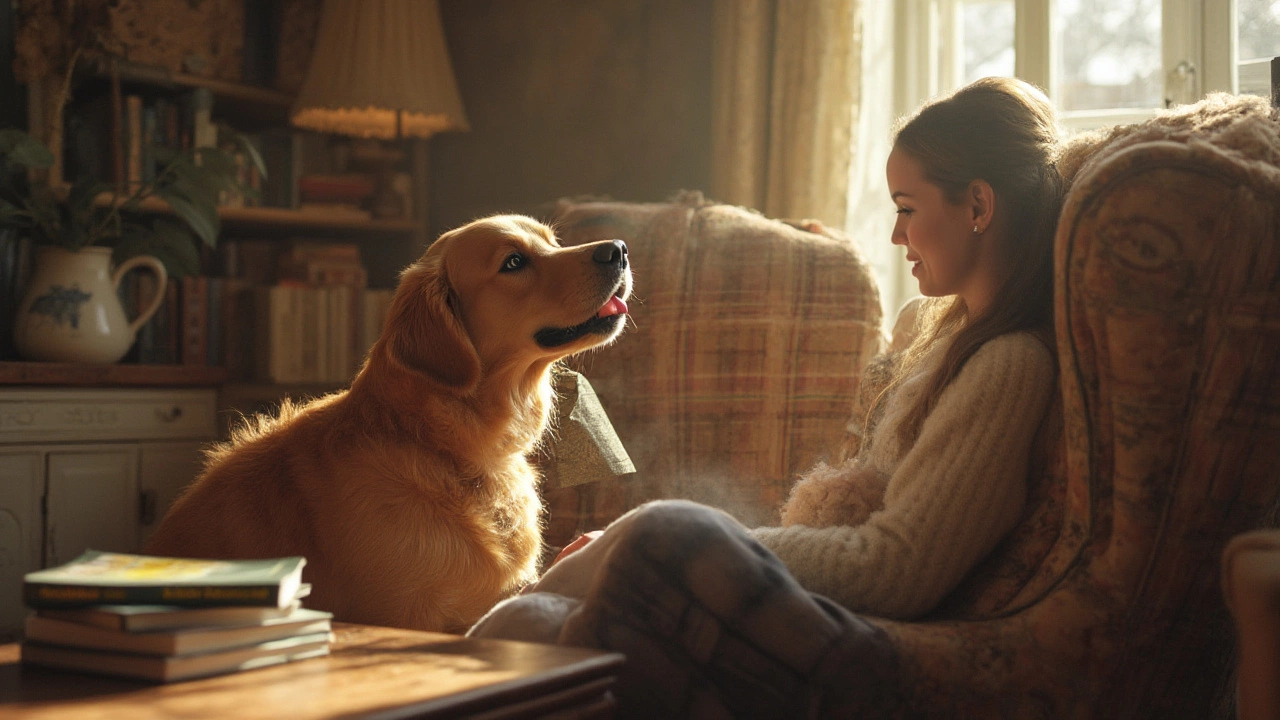Dog Licking Behavior: What It Means and When to Worry
Ever wonder why your pup can’t stop licking your hand, a rug, or even itself? Licking is a basic dog language, but it can also signal health issues or stress. Below we break down the most common reasons dogs lick, how to tell if it’s harmless, and simple steps to keep the habit in check.
Why Dogs Lick: The Everyday Reasons
1. Affection and bonding – When your dog gives you a lick, it’s often a friendly "hello" or a way to say "I love you." This traces back to pups licking their mother’s face for nursing.
2. Taste and scent – Dogs explore the world with their mouths. A salty skin patch or a tasty grass blade can trigger a quick lick. Even a fresh towel can smell like you, so they’ll give it a lick to get a whiff of your scent.
3. Grooming instinct – In the wild, wolves lick each other to clean and reinforce the pack’s hierarchy. Your dog may lick its own paws or fur to keep clean, especially after a walk.
4. Attention seeking – If a lick gets a laugh or a pat, the dog learns that licking earns social rewards. It can become a habit, especially if you respond every time.
When Licking Becomes a Problem
Most licking is harmless, but watch for these red flags:
- Excessive licking of one spot – If your dog obsessively licks a leg, ear, or the floor, it could signal pain, allergy, or a skin infection. Check for redness, swelling, or hair loss.
- Constant licking of people – Over‑licking can be a sign of separation anxiety, especially if it spikes when you’re leaving the house.
- Licking that harms the skin – Repeated licking can cause raw spots or hot spots, leading to bacterial growth.
- Licking after a new medication or diet change – Some dogs lick to soothe nausea or an upset stomach.
If any of these pop up, a quick vet check can rule out medical causes before you try behavior tricks.
For mild cases, try redirecting the urge. Offer a chew toy, a frozen carrot, or a puzzle feeder when you notice the licking start. Consistency helps the dog learn new, healthier habits.
Lastly, keep your dog’s environment clean. Remove strong smells, wash bedding regularly, and trim overgrown fur that can trap dirt. A tidy space reduces the need for on‑the‑spot grooming.
Understanding why your dog licks turns a quirky habit into a useful clue about how they’re feeling. Keep an eye on the pattern, intervene when it’s excessive, and you’ll maintain a happy, well‑balanced pup.
Why Dogs Lick People: Understanding Your Pet’s Licking Behavior
Unravel the reasons behind why dogs lick you, uncovering the science, emotions, and communication involved. Practical tips included for pet owners.
